Create Fresh Water; Techniques and Technologies

Your survival may depend on your ability to create fresh water. You have an emergency water supply, great! You've read my previous page, so you have some form of emergency water purification to transform a skeptical water source, into viable drinking water. But what happens when your emergency water supply gets depleted? Or you can't find any water sources to purify from?
Fortunately, techniques such as rain water collection systems and desalinization pumps, along with new state of the art technologies like solar desalinizers and portable solar powered atmospheric condensers, allow anyone to create fresh water.

Rain Water Catch and Collection System
Capturing and collecting rain water is a great way to create fresh water. Chances are, the roof of your house is already set-up for this. Any water that lands on your roof, gets captured and routed by your homes gutter system. Collecting this fresh water sources is as simple as installing rain barrels at the exit points of your gutter system.

Desalinization; Create Fresh Water from Salt Water
Desalinization has gained a lot of attention and traction as a reliable and unending means to create fresh water. It makes the most sense in my neck of the woods, living in a coastal town in Southern California in the middle of a 6 year drought. This year they finished constructing a new desalinization plant. My neighborhood was one of the fortunate ones on the list to be piped from the desalinization plant and have a percentage of our water supply consist of desalinized water. A drought resistant water supply!
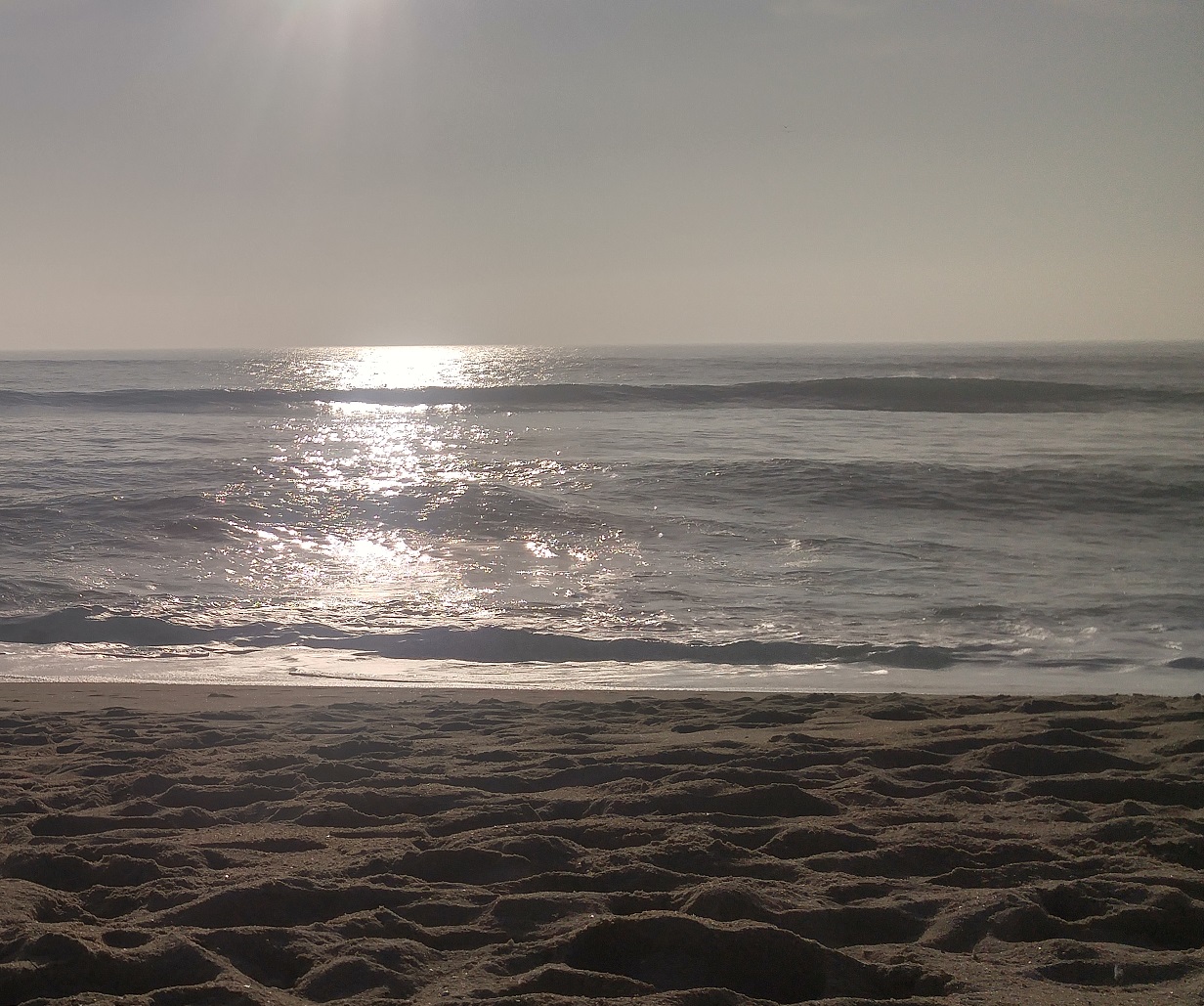
As with everything in this world, desalinization has its opposition. Desalinization is the process of extracting the salt out of salt water to create fresh water. Opponents claim that removing the fresh water from the salt water will produce an increased salt content in our oceans, making the salt water toxic for its inhabitants. I think what they are missing is the fact that the planet is warmer than ever, causing glaciers and ice caps to melt at a rapid pace. Guess what the ice caps and glaciers are made of? You got it, fresh water. So not only is the sea level rising, but the salt water is getting diluted from the melting fresh water. This causes an ecological problem on the other side of the spectrum.
Desalinization is the perfect way to extract the fresh water the melting ice caps and glaciers are producing, while at the same time keeping the oceans salt content in balance. The main methods to create fresh water from salt water are listed below.
Method 1; Boiling
The most common method most people associate with desalinization is the boiling method. Heat salt water to a boil in a confined area so that the steam can't escape, but be controlled. When salt water boils, the water evaporates and turns into steam, waters gaseous state. Salt is a solid and doesn't evaporate, so it is left behind. So all the steam that comes from boiled salt water, is fresh water in it's gaseous state. The steam is usually channeled and routed though pipes that are cooled. In these cool pipes, the steam is converted back to liquid water and is collected as it exits these pipes.
Method 2; Desalinization Pump
Desalinization pumps use pressure and filtration to remove the salt. Salt water enters the pump and pressure forces it through tiny filters that are large enough to allow water to pass through but too small for salt. Manual hand pumps are available for this but cant be very labor intensive for a small return. Electric desalinization pumps are a much better choice.
Method 3; Solar Desalinizer
A new solar desalinizer is currently under development that will use only solar power to purify water from any source, including sea water. It advertises that it can last up to 20 years with little maintenance. It uses no pre-treatment chemicals, no membranes and no filters. It's called The Desolenator! I'm excited about this one.

Atmosphere Condensing Unit
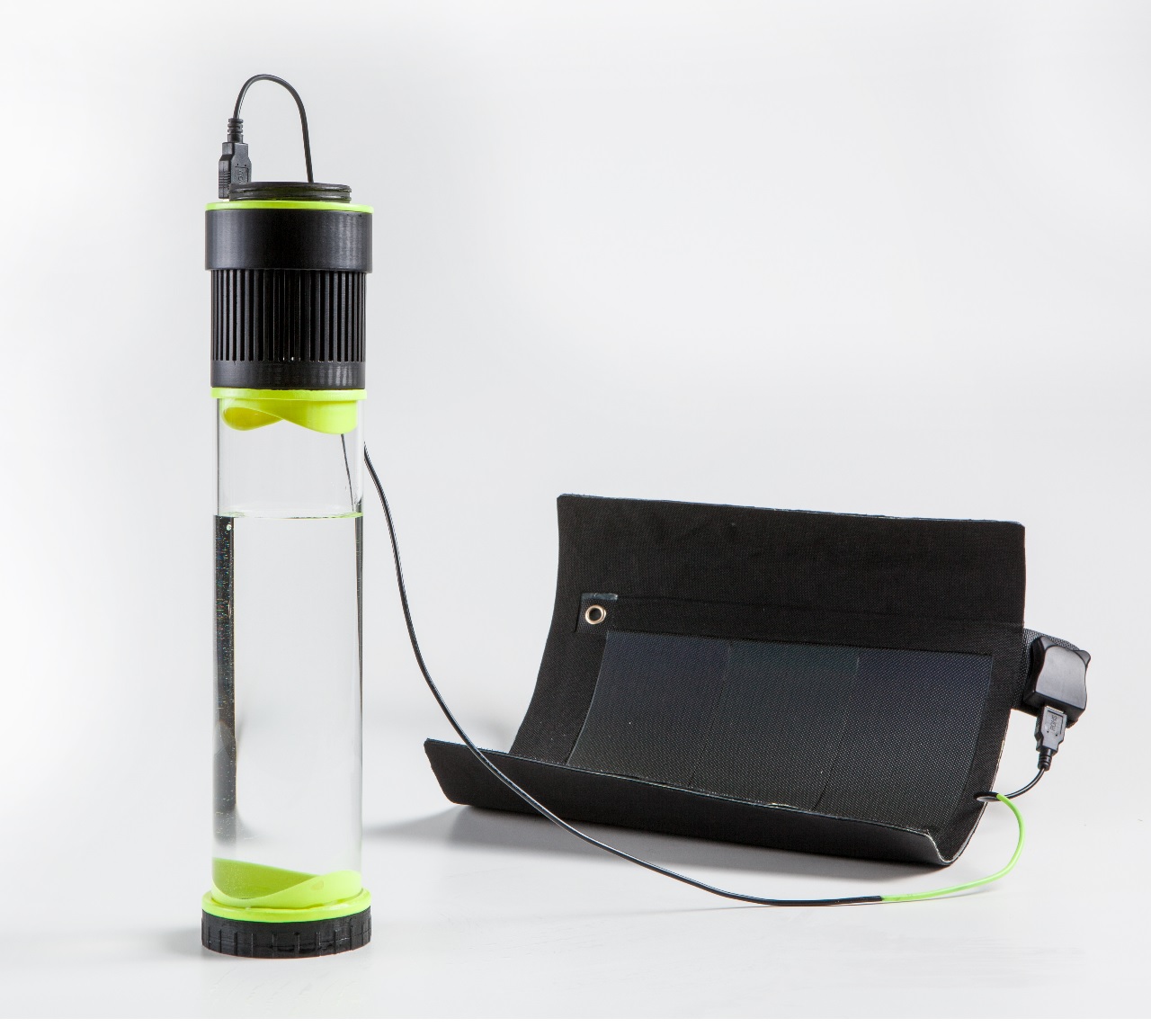 Self-Filling Water Bottle
Self-Filling Water BottleAnd I'm really excited about this one. A team of engineers in Austria have developed a technology that will create fresh water from air and light. A solar panel uses sunlight to power a condensing unit that will extract and collect water from the air. The rate at which the self-filling water bottle produces water, is dependent on the humidity in the air. In a humid environment, it will produce 0.8l in an hour. Imagine not having any concerns when you run out of water in the middle of nowhere, with no water available, because you have your own self-filling water bottle. On April 4, 2016 they'll start a crowd funding account for pre orders and rebates. You're darn right I signed up for the Worlds First Self Filling Water Bottle!
In addition to adding this item to my survival gear checklist, I plan on bringing this product on my backpacking trips. I'm hoping it will work well at night with my solar panels battery bank so that I can replenish my water supply while I sleep. Like the Desolenator, I'm very hopeful for this product and the water shortage problems it can solve around the world.
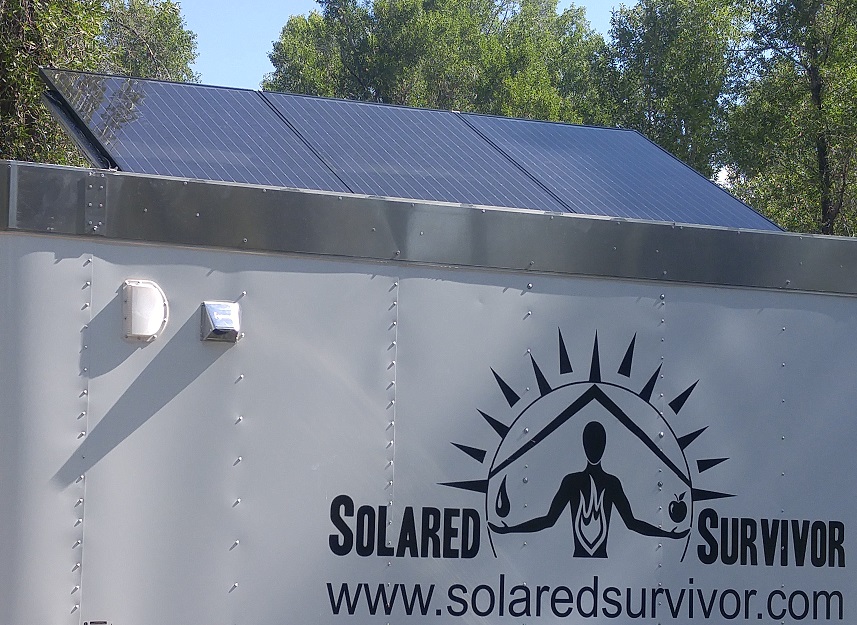
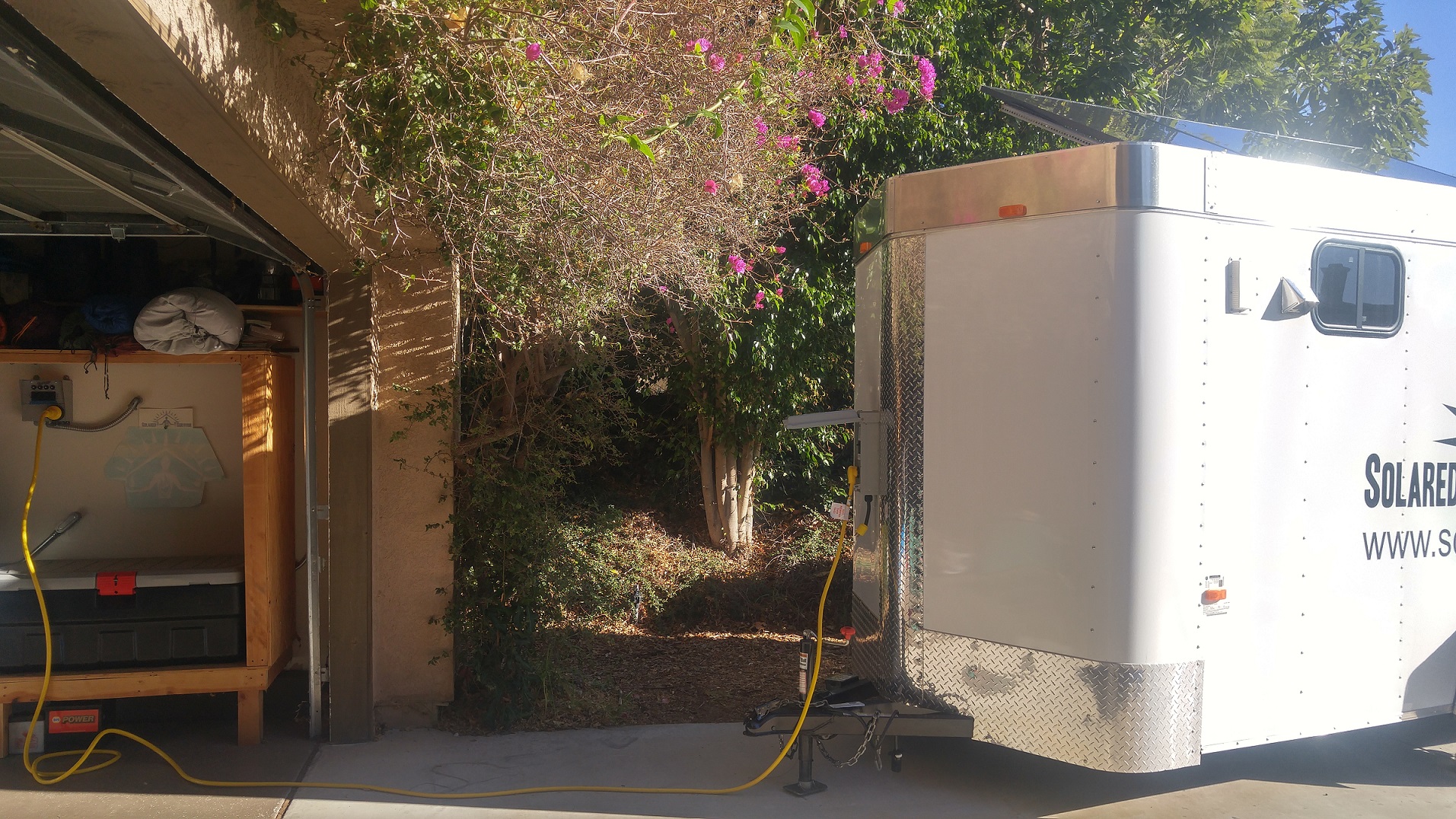
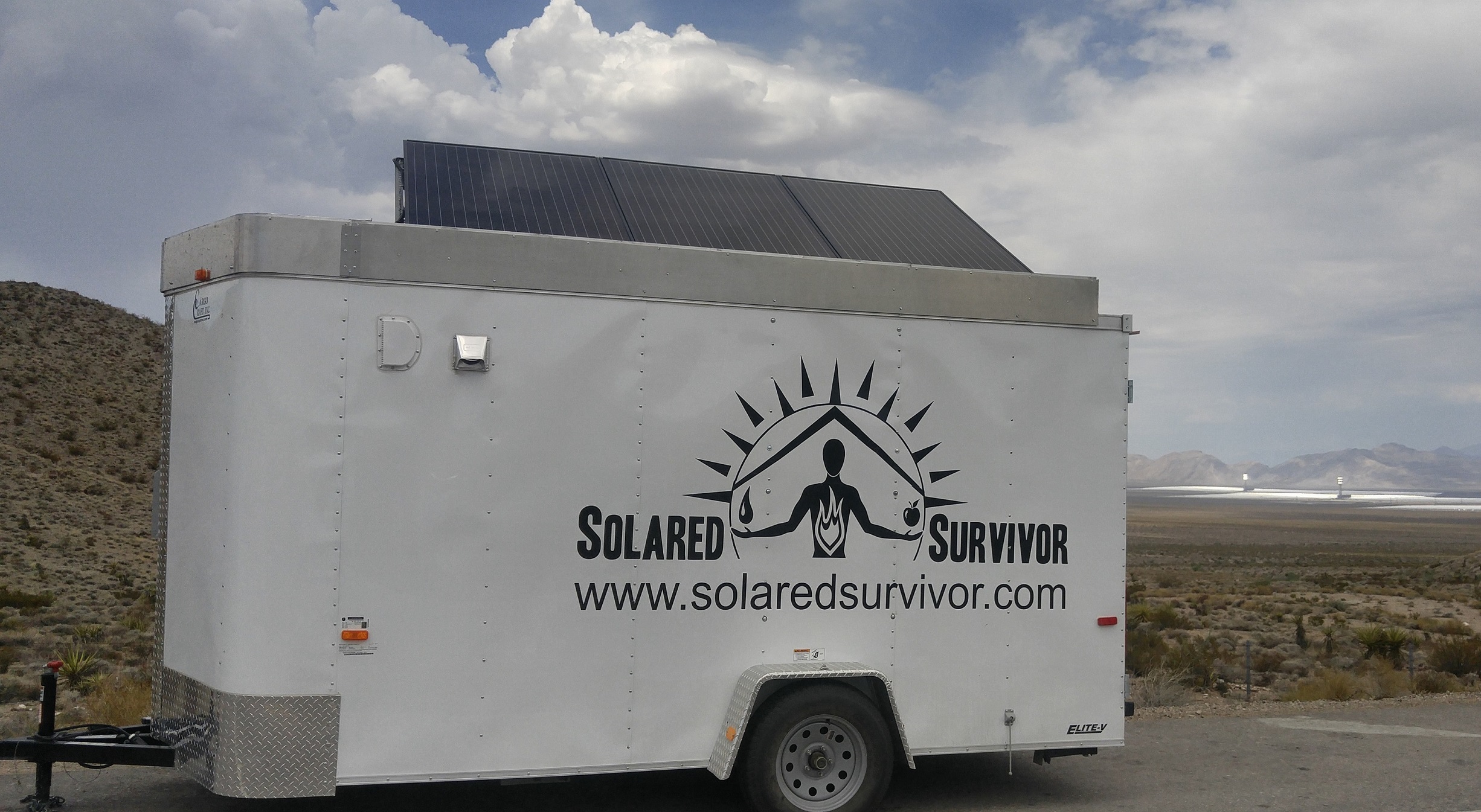 Primm, Nevada
Working our way home through Nevada, had to stop to get a shot of the Trailer with the Solar Plant in the backdrop.
Primm, Nevada
Working our way home through Nevada, had to stop to get a shot of the Trailer with the Solar Plant in the backdrop.
New! Comments
Have your say about what you just read! Leave me a comment in the box below.